
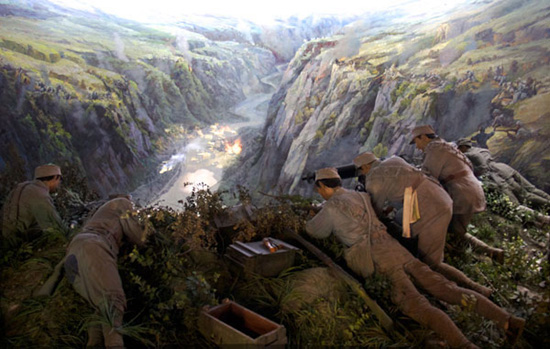 |
| An installation shows soldiers above with projections of trucks and explosions below. (CRIENGLISH.com/William Wang) |
Lined with sculpted lions, the Marco Polo Bridge in Fengtai district is a wonderfully preserved 12th century bridge that's been pulling curious visitors out to the suburb of Fengtai for 800 years.
But only the history buffs know that this is also the site where the second Sino-Japanese war began. Stemming from military miscommunications on both Japanese and Chinese sides, a minor skirmish went out of control after a Japanese commander found himself unable to abide by the ceasefire ordered by his superiors. To commemorate the history of the war that resulted, the lengthily named Museum of the War of Chinese People's Resistance Against Japanese Aggression (MWCPRAJ), was built just footsteps away from the bridge.
The modern museum is set in a large and austere marble building, divided into a progression of ten separate chapters. Exhibits are presented in a variety of media formats and are explained in Chinese, English and Japanese.
The first few rooms focus on the buildup of tensions and conflict, but frankly lack drama: portraits of politicians, shoe soles and a piece of damaged wood contribute to the displays of artifacts that are all less than gripping. A projection beamed onto a 3D model is the highlight up to this point: Japanese holograms try to flush Chinese holograms out of the tunnels with bombs and water, but the Chinese soldiers and peasants prevail, triumphantly waving the flag in conclusion.

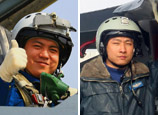
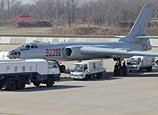



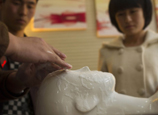
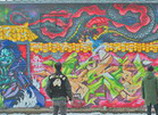

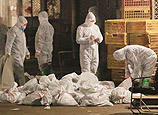







 Shanghai reports 2 more cases of H7N9
Shanghai reports 2 more cases of H7N9


![]()
